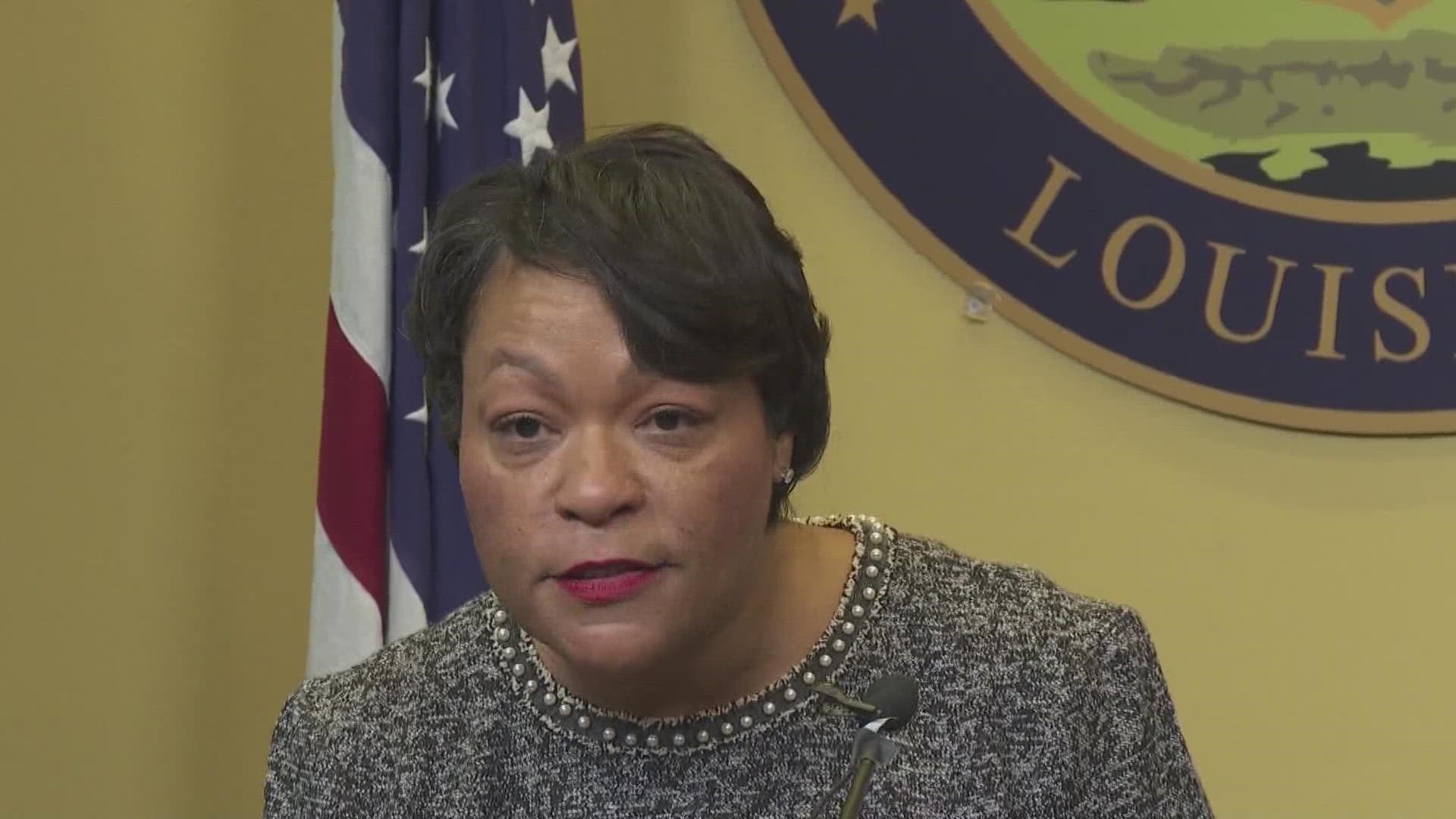NEW ORLEANS — More than 15 years after FEMA started approving $2 billion in repairs to the pipes running under New Orleans streets, $1 billion of it remains unspent.
An August 2023 deadline looms to complete the repairs, so the city and its Congressional delegation – Republican Senators Bill Cassidy and John Kennedy and Democratic U.S. Rep. Troy Carter – are asking the federal agency for an extension, to at least 2025, to spend the money from the Joint Infrastructure Recovery Request (JIRR) program.
“I would hope for an additional two-year period,” Mayor LaToya Cantrell said at a Tuesday news conference. “Just based on what we're dealing with right now and what I'm seeing, I would hope for it to be well past 2025.”
The JIRR program has been an albatross for the last three mayors. Despite agreements between the city and FEMA in 2010 and 2015 that were supposed to unclog some bottlenecks, former Mayor Mitch Landrieu’s administration managed to spend about 1 percent of the money before making way for Cantrell’s administration in May 2018.
Landrieu’s public works director even sent a memo to the incoming Cantrell administration warning that the JIRR program was complicated and required better management than the Landrieu administration had provided.
Cantrell says her administration has made those improvements during her four years in office, clearing a logjam of projects and spending more than half the $2 billion. She said her administration cut down on cash-flow problems by setting up a revolving fund, so the FEMA money could be used to front the next project, rather than just reimbursing the completed ones.
She also said her administration got FEMA to place an archeologist in City Hall to more quickly conduct the archeological reviews required by FEMA before each digging project began.
That led to more of the projects getting started, but it also led to many of them sitting incomplete for months. Cantrell said that’s because of new impacts of a tough economy, including the so-called “great resignation” of workers during the pandemic, supply-chain problems and inflationary prices for labor and materials.
“We've been talking about this long time with FEMA, with our unified partners,” she said. “But where we are now is that we're starting to see either no responses to bids, one response to a bid or the bid comes back where it's exceeded our budget, anywhere from 40% to 89%.”
Meanwhile, the City has resisted calls to ease contracting requirements, such as one that’s intended to help disadvantaged business enterprises, or DBEs, which traditionally struggled to compete with larger construction firms. The City requires 35 percent of each project go to DBEs owned by minorities or women.
In 2019, FEMA acknowledged that an extended schedule to complete the JIRR program by 2025 would likely be needed, and the Congressional delegation reminded the FEMA administrator of that last week in a letter requesting the extension.
If FEMA does allow two more years for the city to spend the money, it could mean two more years of dug-up streets. With that in mind, Cantrell asked residents to stay patient.
“No, it’s not going to be painless, but it’s absolutely necessary,” she said. “Investments are being made, where (residents) live, that will have an immediate impact on their daily quality of life if they continue to bear with it.”
► Get breaking news from your neighborhood delivered directly to you by downloading the new FREE WWL-TV News app now in the IOS App Store or Google Play.

